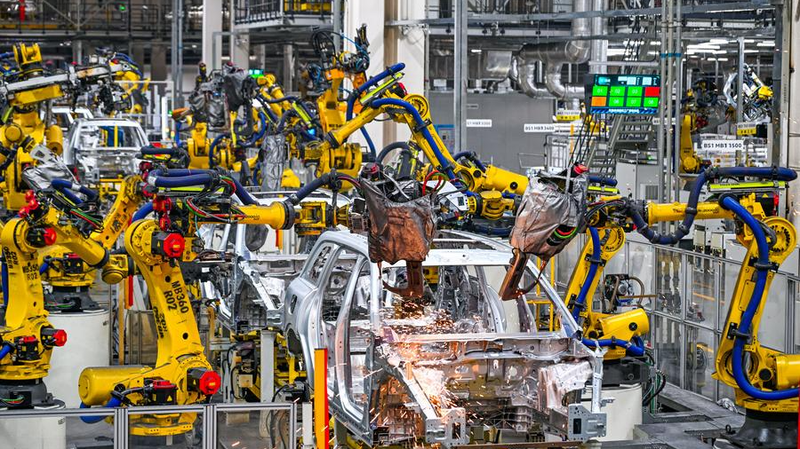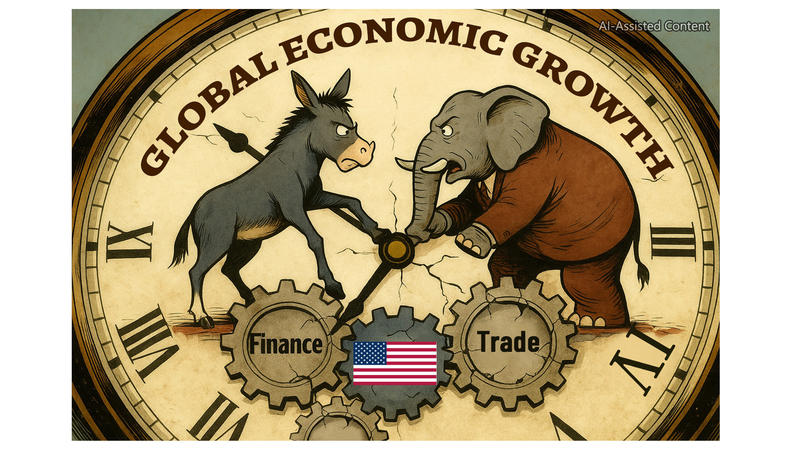Since its inception in 2013, China's Belt and Road Initiative (BRI) has been a catalyst for global economic transformation. Over the past decade, the BRI has not only enhanced infrastructure connectivity but also spearheaded significant financial integration across participating nations.
With nearly $1 trillion invested and over 3,000 projects launched worldwide, the BRI has established itself as a cornerstone of economic cooperation in the developing world. This monumental investment has facilitated improved transportation networks, streamlined trade routes, and fostered closer people-to-people ties, laying the groundwork for sustained growth and collaboration.
Financial integration stands as a pivotal pillar of the BRI, as highlighted in the white paper titled \"The Belt and Road Initiative: A Key Pillar of the Global Community of Shared Future.\" Participating countries and institutions have engaged in diverse financial collaborations, creating innovative models, expanding investment channels, and enhancing mechanisms for funding projects.
A significant aspect of this financial expansion is the growth of new development institutions like the Asian Infrastructure Investment Bank (AIIB). By June 2023, the AIIB had grown to include 106 members and had approved 227 projects totaling $43.6 billion. This expansion underscores the BRI's role in fostering robust financial networks that support large-scale infrastructure and development projects globally.
As the BRI continues to lead in connectivity and financial integration, it is poised to redefine the framework of global economic cooperation. By fostering collaborative investments and strengthening financial institutions, the BRI is not only driving growth but also setting the stage for a more interconnected and resilient global economy.
Reference(s):
How BRI's financial integration transforms global economic construct
cgtn.com




